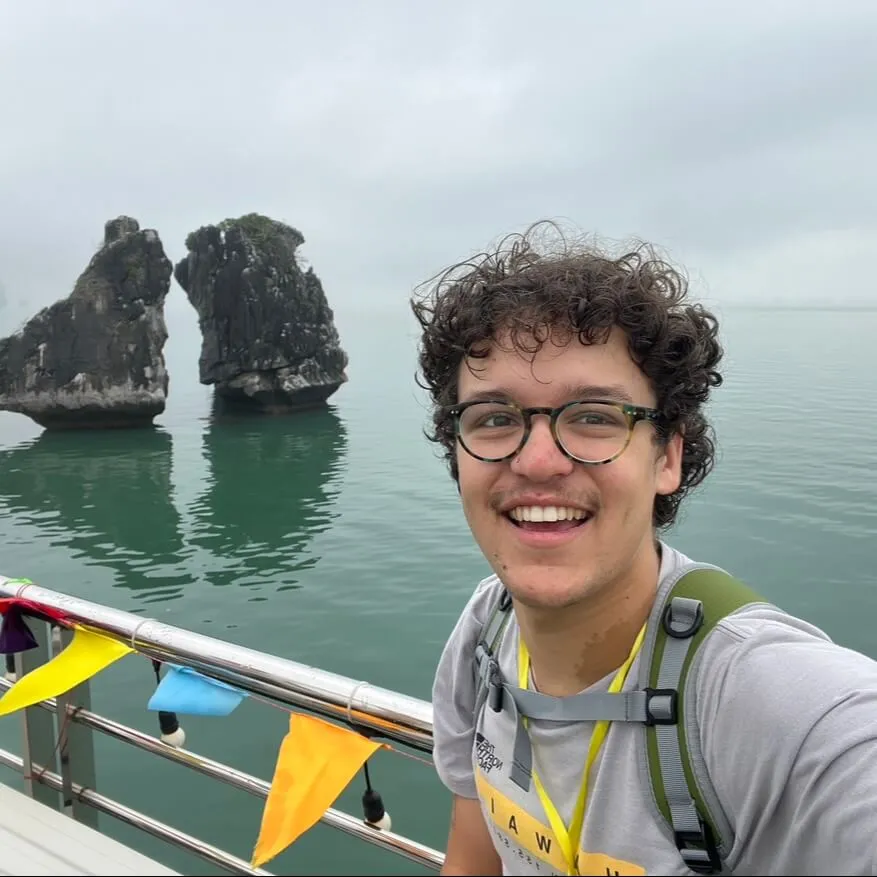Unit 1: How is energy useful to society?
Students explore fundamental models for energy, studying light via the wave model and thermal energy via the particle model, and extend these ideas to radioactivity, nuclear processes and basic electricity. They apply these concepts to real-world issues such as optical communications, climate change, medical treatments, home electrical safety and Australia’s energy needs, while developing skills in modelling, experimentation and data analysis .
Unit 2: How does physics help us to understand the world?
This unit centres on mechanics and experimental inquiry: students describe and analyse force, energy and motion (including vector forces, equilibrium and energy conservation), investigate a contemporary context chosen from a range of options (e.g., biomechanics, renewable energy or astrophysics), and undertake a student-designed practical investigation to deepen their understanding of physics in action .
Unit 3: How do fields explain motion and electricity?
Building on Newton’s laws, students compare gravitational, magnetic and electric fields to explain motion, examine the generation and large-scale transmission of electricity (including modelling household circuits and safety devices), and explore applications such as motors and particle accelerators. They also refine their skills in circuit analysis, quantitative laboratory investigation and evaluation of electrical systems .
Unit 4: How have creative ideas and investigation revolutionised thinking in physics?
Students investigate major paradigm shifts, wave–particle duality of light and matter, quantum explanations of classical phenomena, and Einstein’s special relativity (length contraction, time dilation, mass–energy equivalence), examining the experiments and models that transformed our understanding of the universe and honing their ability to analyse and apply advanced physics concepts .
%20(1).webp)








.webp)
.webp)
.webp)












.webp)
.webp)




.webp)



.webp)











.webp)
.webp)
.webp)








.webp.crdownload.webp)
.webp)
.webp)
.webp)
.webp)
.webp)






-min%20(1).webp)
